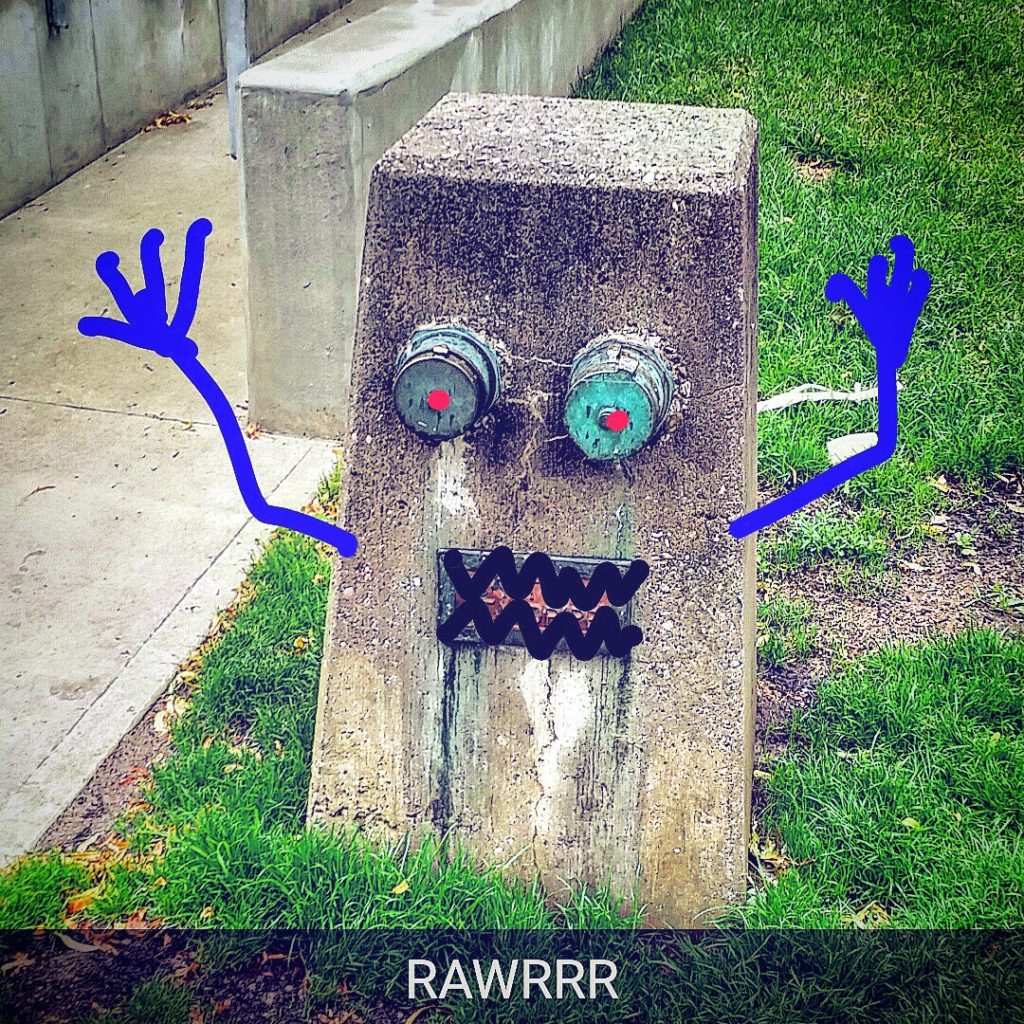Have you ever seen the shape of a face in a lock or maybe an animal in a cloud?These perceptions are not abnormal. In fact, they are quite common and can be examples of what we call pareidolia. Is pareidolia defined as a psychological phenomenon in which any stimulus is random?Image? is mistakenly perceived as a recognizable form. The individual creates an organization and attributes meaning to an ambiguous or poorly structured stimulus.
Examples of pareidolia are the faces we see drawn on the profile of a mountain or on the smoke coming out of a chimney. Paridolia is not pathological. In fact, the inability to train them can be pathological, in this way, they are just a magnificent example of what our mind is able to create, from an abnormal mental experience, and the term anomaly, in this case, does not imply pathology. , illness or disorder.
- Perception and imagination disorders are usually divided into two groups: distortions and misperceptions.
- Perception distortions are only possible through the action of sensory organs.
These perceptual distortions occur when a stimulus that exists outside of us, and accessed by sensory organs, is perceived differently from that normally perceived, the anomaly is that the physical characteristics of the outside world are perceived in a distorted way, creating other images that are not actually there.
By distortion, we mean one of these possibilities
In the case of perception errors a new perception occurs, this new perception tends to coexist with the rest of normal perceptions, perception errors are not based on existing stimuli of the outside world, as is the case with hallucinations, for example.
Perception distortions include:
As you can see, there are several perceptual distortions that one can feel, one more surprising than the other, in this specific topic that we treat we see that pareidolia is just a type of distortion, being an illusion.
An illusion can be described as a distortion of perception, which is defined as a “misperception of a particular object”. In this way, illusions are perceptions that do not correspond to the objective physical characteristics of a particular stimulus.
From a classical psychological perspective, illusions are the product of a disposition, or tendency, that human beings must organize into a significant set of elements more or less isolated from each other in relation to their origin. There are many examples of illusions, such as Muller-Lyer’s illusion or reversible figures. We can easily find them on the Internet, and one of them is underneath. The illusion is that even if it doesn’t seem so, the two horizontal lines are the same size.
There are many phenomena that, observed superficially, can be quite curious and even be a joke, as is the case with pareidolia. If we search the Internet, we can find references to a photograph of an explosion, or to the surface of a planet, to a cloud or simply to a point on the wall, in which people claim to see religious images, aliens, faces of people, animals or sacred texts.
The phenomenon can also occur in auditory perceptions, for example in the singing of a bird or in the echo of the pyramid from Kukulkon to Chichen Itza which is in the photo, it can also be noticed in the white noise of a television, or in discs that read backwards, in which many claim to hear satanic messages.
The anicaonic religions, which reject icons, such as Muslim and Jewish women, have their own manifestations associated with pareidolia, so Muslims see the name Allah in the clouds, in the snow patches of the mountains or even in the Northern Lights, among other manifestations that were once called Muslim pareidolias or Islamic miracles.
Among the faithful of the Jewish religion are known the so-called secret codes of the Tor, in them statistical mathematicians believe to find prophetic texts of present and future facts, well, we think that the phenomenon probably resembles pareidolia, operating under the same mechanism as the mind.
The Faces of Belmez are a phenomenon considered paranormal by followers of parapsychology, this phenomenon consists of the appearance of pigmentations, identified as faces, on the floor of a house located in Bélmez de Moraleda. Bélmez is a small town in the province of Jaén, Spain.
This phenomenon began to occur in 1971, followers of parapsychology regarded this case as undoubtedly the most important paranormal phenomenon of the twentieth century, but several researchers have already described the event as a fraud.
This may have been perceived incorrectly by the phenomenon of pareidolia. The faces that appeared in the house, in the form of moisture, may have been mentally created by perceptual distortions. However, the faces that appeared in Belmez seemed so real that they were also considered to have been secretly made by the owner of the house.
In any case, pareidolia is a phenomenon that never ceases to amaze us, has explanations of how we organize the stimuli that we perceive in our minds, and it is simply an illusion or a perceptual distortion.

